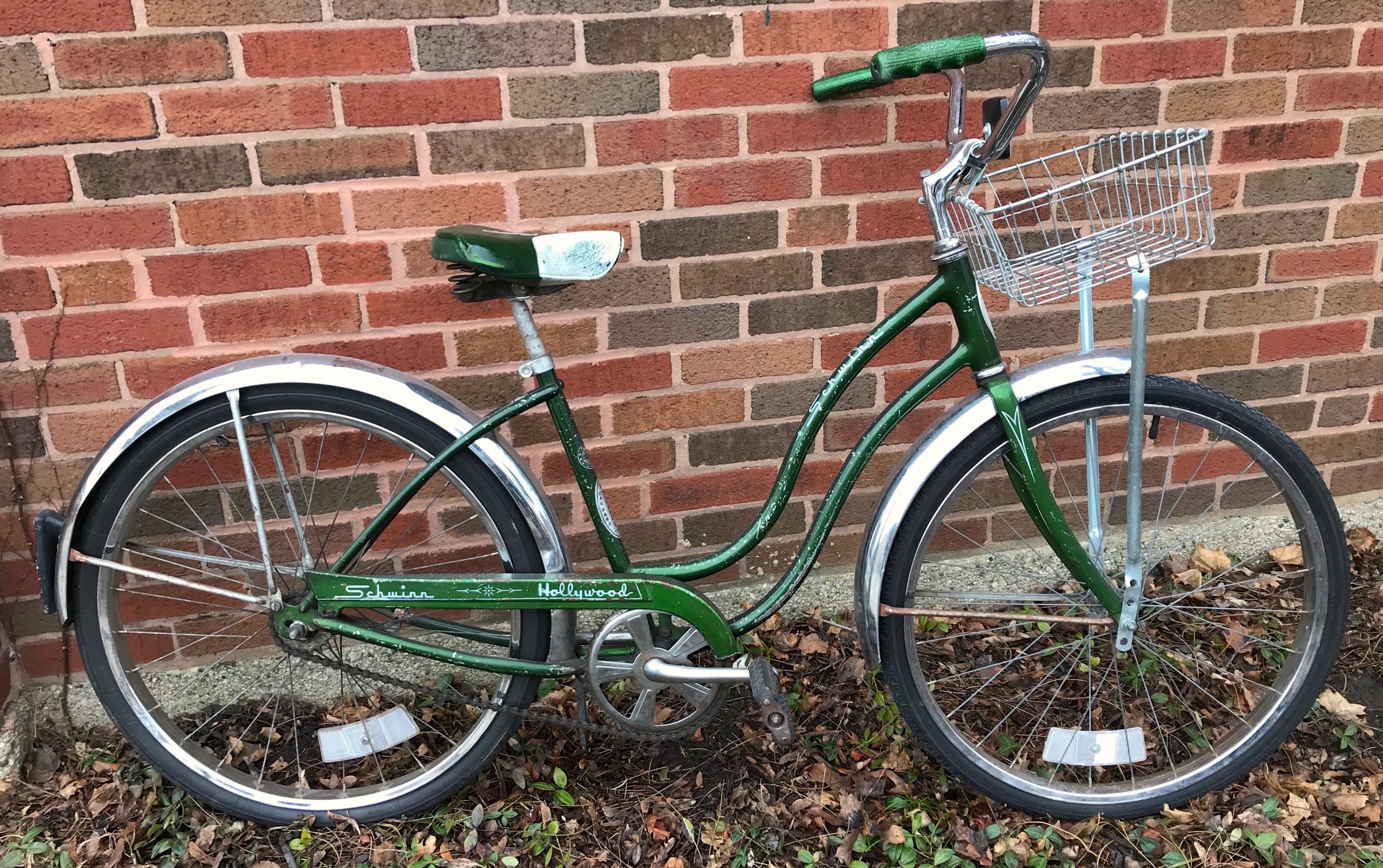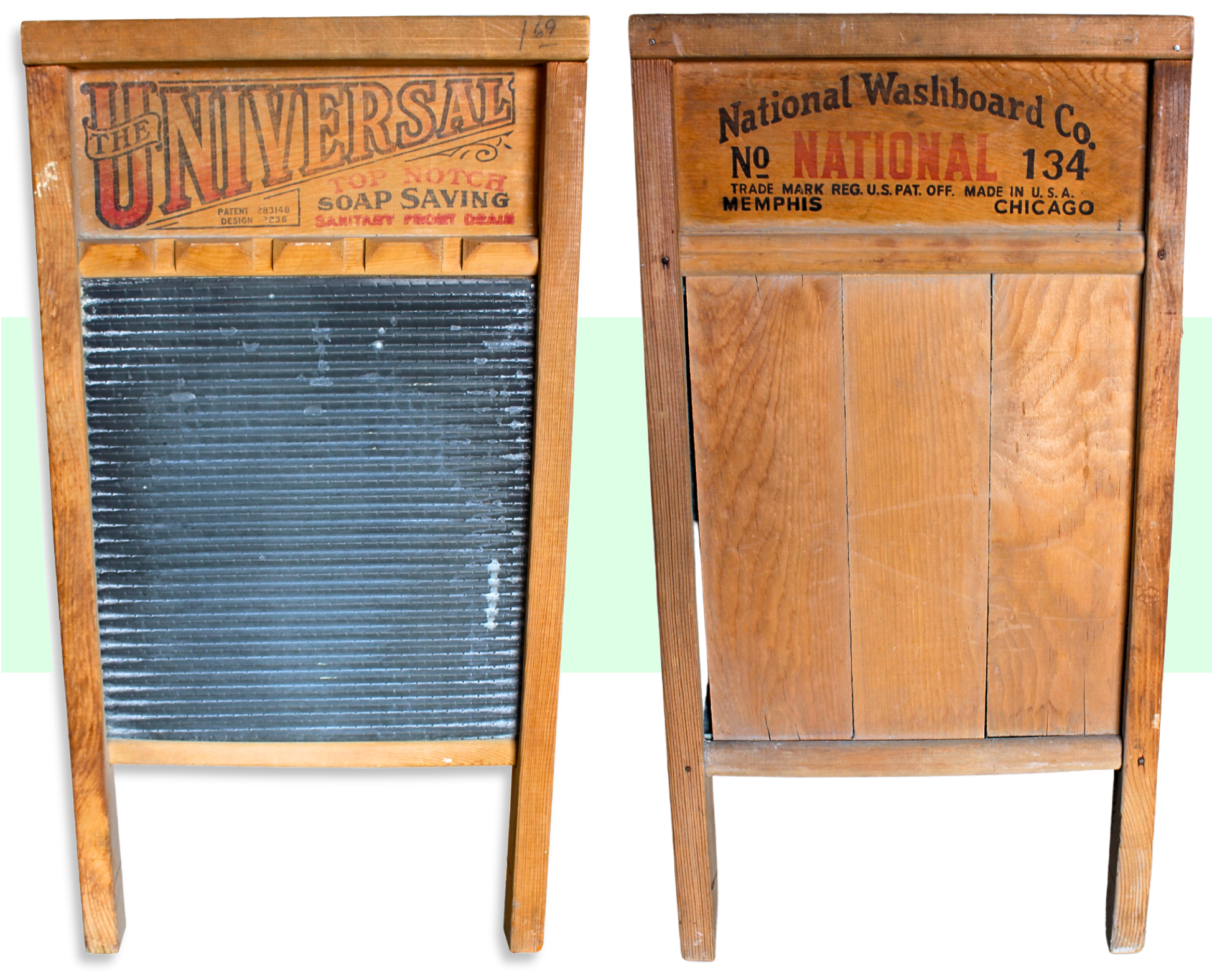Museum Artifact: Schwinn “Hollywood” Bicycle, c. 1970
Made By: Arnold, Schwinn & Co. / Schwinn Bicycle Company, 1718-1740 N. Kildare & 1856 N. Kostner Ave., Chicago, IL
The last Chicago-built Schwinn bicycle rolled off the assembly line in 1982, and while the brand name is still embossed on the badges of various Chinese imports, anybody who buys a new one is bound to hear the inevitable cranky lament from a passerby: “they don’t make ‘em like they used to.”
The Schwinn in our own collection is a “campus green” Hollywood model,























